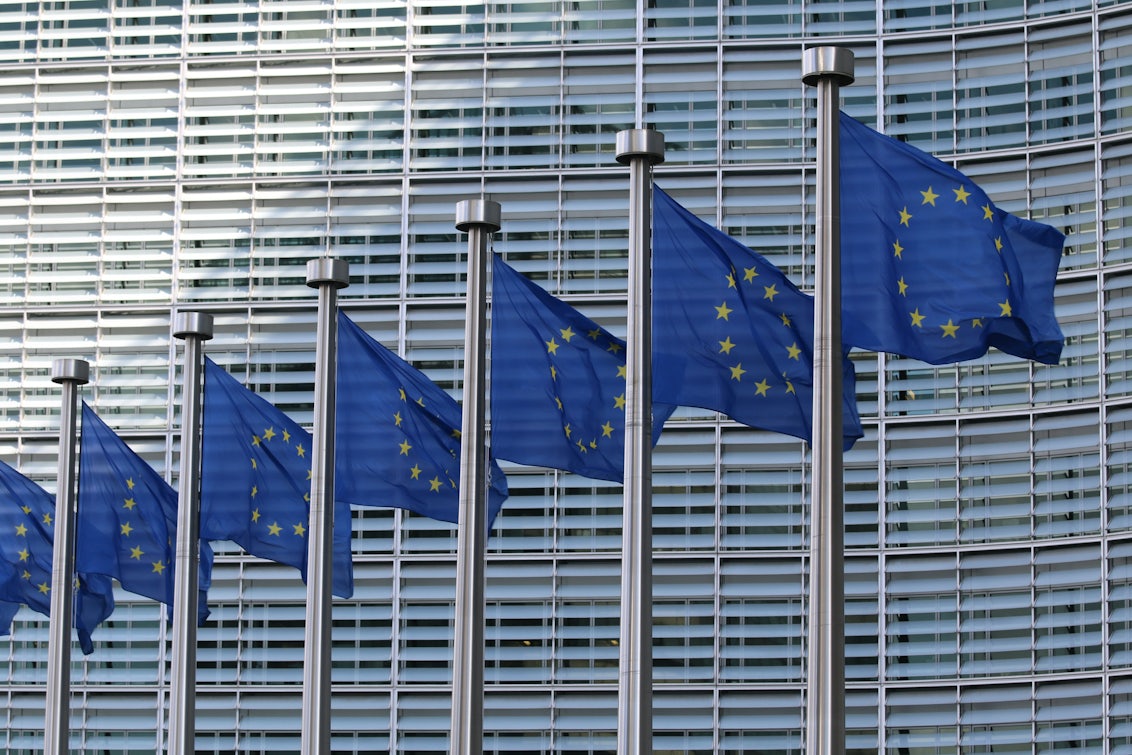The GDPR (General Data Protection Regulation) made it the website owners’ responsibility to manage how they collect and process users’ data. This, taking into account the fact that an IP address is personally identifiable information, led to the wide adoption of consent management platforms on websites.
The DMA (Digital Markets Act), launched in the European Union, builds on user privacy by requiring “gatekeepers” (read: big tech companies, like Google and Meta) to obtain specific consent for the collection and usage of European Citizens’ personal data. For the benefit of UK readers, this regulation also applies to any platforms with customers within the EU whether or not an advertiser is itself based there, so the Act is far reaching.
The Digital Markets Act will come into full effect in March 2024, having launched recently in September 2023. This means digital platforms providers will need to make some core changes to their products and data processing. Announced in October 2023 was the first 22 gatekeepers, including Google/Alphabet, Amazon, Meta, TikTok’s owner ByteDance and more.
Gatekeepers are allowed to pass on additional requirements to users of their services to keep them compliant.
The coming changes are:
- Measurement technologies will be required to abide fully by valid user consent
- Platform users who send unconsented data to gatekeepers may face data deletion, advertising account suspensions, platform functionality restrictions, and more.
To assist Google Analytics users with the migration and to support Google in its own compliance efforts, it has set a deadline of 6th March 2024 for advertiser compliance to be brought up to spec. This means a basic implementation of Google Consent Mode is now a minimum requirement for advertising on Google beyond this date.
What does the Digital Markets Act mean for digital advertising?
Acts like these can evolve slightly as they come into force, however there is already a set of understood impacts and core requirements that responsible advertisers may already be considering or have already actioned. For those who haven’t taken action yet, at the time of publishing this article, there is still time.
It is now a requirement to complete the following ahead of March 2024:
- Ensure that your business has implemented a robust Consent Management Platform (“CMP”) which is correctly controlling all tracking pixels, advertising and web analytics platforms
- Google platform users will need to be utilising Consent Mode across GA4, Google Ads, Floodlight tags, etc)
- Migrate to Google Analytics 4 (GA4) to maintain remarketing, audiences and other features
- Update to latest tag code/APIs/SDKs for Google Ads and DV360
What is Google Consent Mode?
Google Consent Mode is a method of website operators still capturing conversion signals without compromising on their users’ privacy preferences. It works by sending anonymous ‘signals’ without personal identifiers, to capture events as they happen but without using these to build a picture of an individual user’s activity around a website and across them.
Consent Mode in GA4 is required for:
- Cross Platform reporting
- Remarketing with Google Analytics
- Advertising Reporting Features
- Demographics and Interests
By utilising a Consent Management Platform, you will be able to configure consent categories and user acceptance from your customers. When using your website or app, they will be able to select the relevant consents they wish to provide, from a list of toggles or checkboxes before submitting them. Following the relevant consents being given, your ad tech can work normally, usually via an integration with Google Tag Manager. If the consent is not given, then instead the anonymous ‘signals’ will be sent instead.
There are various standards for implementing Consent Mode and a privacy centric commercial Consent Management Platform. If you think you might need to act, please don’t hesitate to get in touch with our Solutions team – we have experience in supporting our clients with these migrations across every industry vertical.
Photo by Guillaume Périgois



